
views
- The main difference between a casket and a coffin is the shape—a coffin has 6 sides and tapered ends, whereas a casket is a 4-sided rectangular box.
- The terms "casket" and “coffin” are used interchangeably in many countries, but in America, a “coffin” always refers to a 6-sided burial container.
- Coffins and caskets also tend to have different fittings, lids, and pricing options. Generally, caskets are more expensive than coffins because they're bigger.
What’s the difference between a casket and a coffin?
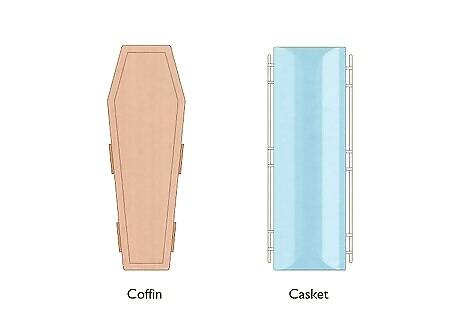
The main difference between a casket and a coffin is the shape. Traditionally, a coffin has 6 sides and tapers slightly at the top and/or bottom to mimic the basic shape of the human body. A casket is a more modern burial container with 4 even sides, no tapering, and a plain exterior. While the terms are often used interchangeably in other countries, “coffin” always refers to a 6-sided burial container with tapered ends in America.
Other Differences

Fittings A coffin may have handles, decorations, and other fittings (known as “coffin furniture”) depending on when the coffin was made. A casket usually has minimal decoration and features 2 rails attached to the long sides of the container so pallbearers can move it with ease. For example, the pallbearers use the rails to transport a casket from the hearse to the burial site.
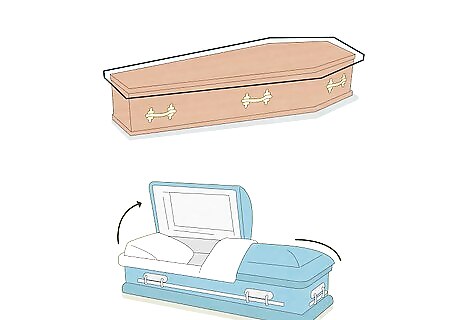
Lid A coffin lid is flat and matches the tapered shape of its container. The lid can be a solid piece that fits over the opening, or it may be attached with hinges for viewing purposes. A casket lid is usually domed-shaped and attached with hinges. Many caskets have 2-piece lids; the bottom half of the lid stays closed during the funeral while the top half remains open for viewing purposes.

Price Coffins are smaller, simpler, and require less material than caskets, so they’re typically less expensive. That said, customizations like special material, fittings, handles, and engravings can drive up the price significantly. Also, because of the coffin's unusual shape, using one for burial may require extra costs. Coffins are made of various materials and sold at different price points. Metal, wood, and plastic coffins usually cost closer to $1,000 and could cost even more depending on special decorations or features (like a glass lid). Caskets can be made of metal, wood, fiberboard, fiberglass, or plastic. The average casket usually costs $2,000 to $5,000, but could cost up to $10,000 (depending on materials and customizations).
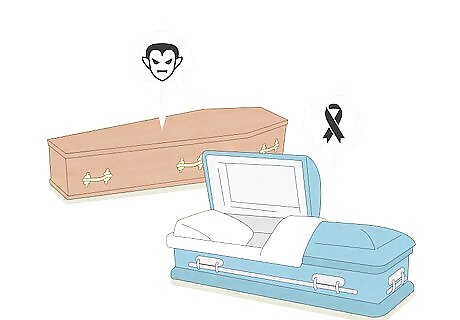
Connotation "Coffin" is a much older word, and you're more likely to hear it in vampire stories, scary movies, and anything Halloween-related. The term “casket” is a modern word and it's usually used in a much more serious way to discuss funeral or burial plans, especially in the United States. The stylized burial containers in cartoons and old horror movies are coffins. The plain rectangular boxes you see at modern funeral services are caskets.
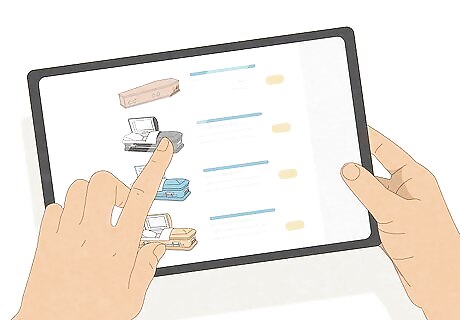
Availability Traditional 6-sided coffins can be pretty tough to find in the United States; most funeral homes only offer caskets to their clients. That said, you can find coffins for sale online—just be sure to discuss your preference with the funeral home and the cemetery to make sure they accept coffins before making a purchase. If you’re looking for coffins online, try searching “toe pincher coffins for sale.” Before you buy, confirm with the seller that the coffin is meant for human burial.
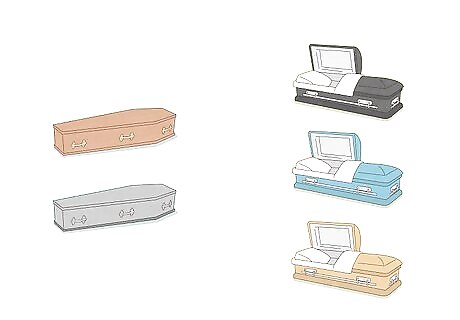
Options Since coffins have fallen out of favor in the United States, they are typically only sold as plain wooden or metal containers (if you can find them at all). Caskets, on the other hand, come in a wide range of sizes, materials, interiors, and colors. Depending on your preferences, you can go with something quite plain or incredibly ornate (and anything in between).
Why do Americans prefer caskets?

Americans prefer the refined look of a rectangular casket over a coffin. Coffins were used extensively in America up until the Civil War. Different theories abound, but it’s believed that the anthropoid coffin shape upset mourners too much since the shape forces you to imagine the human being inside. American funeral directors decided that a neutral-shaped casket offered a more dignified and respectful resting place, and so coffins fell out of favor.
How do I pick the right burial container?
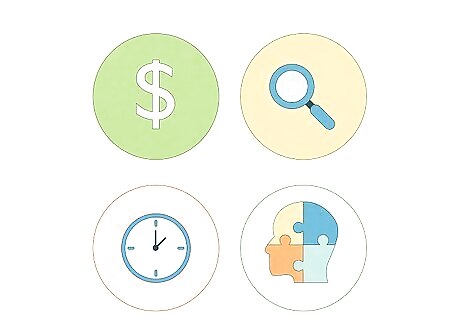
Pick a casket that fits your budget and your loved one’s personality. There’s no “right” burial container for your loved one, so don't pressure yourself to find something “perfect.” If you aren’t sure how to decide on a burial container, ask the funeral home director for advice and also consider the following factors: Budget: It's uncomfortable to think about money at a time like this, but burial containers can be expensive. Find out if your loved one set aside money for their funeral or if your family is paying the full cost. Once you know the budget, start looking at casket options that fit your needs. Availability: The funeral home will provide you with a list of options, but you aren’t limited to those. You can look online for different styles and alternative options to what the funeral home offers. Time: You don’t need to rush, but time is a factor since everything needs to be ready for the funeral. Set aside time to review burial container options so you aren't forced into making a snap decision at the last minute. Personality: At the end of the day, pick a casket that honors your loved one. Deep down, you probably know if your loved one would have wanted something minimal or ornate. Think about their personality and pick something that feels appropriate for them.
Can you be buried without a coffin or casket?
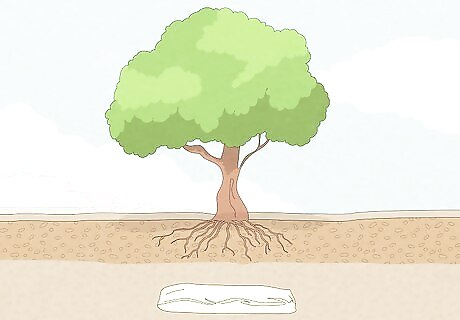
Green burial is an option if you want to forego a burial container. If you dislike the idea of putting toxic embalming chemicals and a slow-decomposing casket into the earth, look into green cemeteries in your area. Green cemeteries are run by municipal governments, religious groups, individuals, nonprofits, and for-profits, so find a provider that works for you. Depending on what’s offered, you may be able to be buried in a simple burial shroud, or you can choose a biodegradable container. Cremation is also an option. The ashes can be buried or scattered outdoors in a special place.













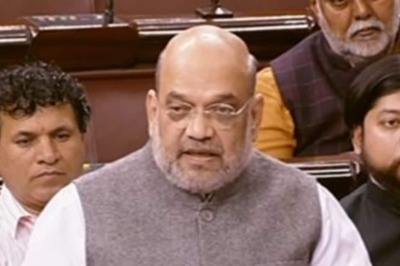


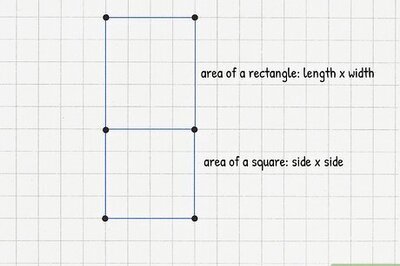


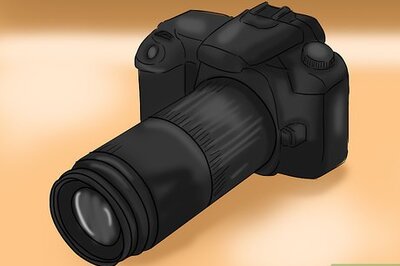
Comments
0 comment